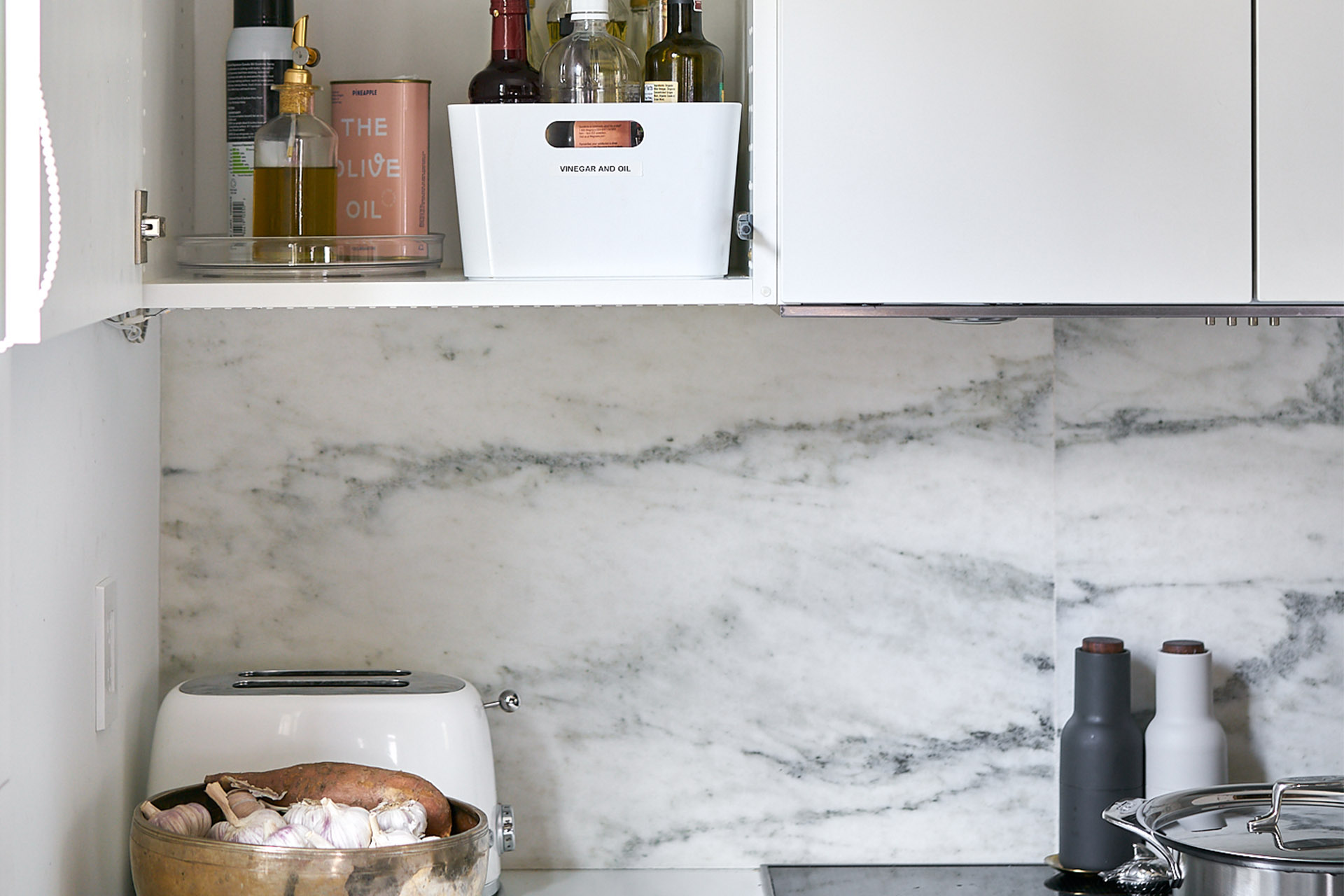Michelle Lamb, founder and editorial director of The Trend Curve, and Leigh Ann Schwarzkopf, principal of the Project Partners Network, laid out a road map for refocusing on the creative elements of shopper engagement — including assortments, displays and messaging — during the IHA’s Connect SPRING session “Retail Renaissance: Driving Sales Through Experience.” The session highlighted where to find the right inspiration, how to utilize trend in the process and innovative ways to communicate through visual merchandising.
Schwarzkopf, addressing the science of emotions, cited a recent Springboard Futures/Unity Marketing study reporting 90% of consumers say the total shopping experience — encompassing aspiration, entertainment, discovery and social factors— is important. She advised retailers and suppliers to pay close attention to a constantly changing consumer dynamic.
“It’s about being in the moment,” Schwarzkopf said, noting research that 4 in 10 shoppers spend more when they feel they’re getting an exceptional experience. “It’s not about what you make them want. It’s what the consumer wants.”
Schwarzkopf cited three primary shopping experience qualities sought by consumers: Safety, a top priority that values control, balance and nostalgia; Belonging, which taps the importance of human connection and community; and Transcendence, which factors such attributes as responsibility and sustainability.
“It’s no longer good enough to give. You now must do,” Schwarzkopf said.
Trust, she said was chosen as an important purchase influence by 99% of consumers, ahead of price, in a recent survey. “If you are transparent and authentic, you will be important,” she added.
Schwarzkopf emphasized the trust-building value of consistency in brand messaging across physical and digital platforms.
Lamb turned the presentation to the vitality of trend in creating an emotionally fulfilling retail experience. She distinguished between “trend” and “core.” “Trend,” she said progresses along a bell curve with distinct stages of relevance; while “core” is rooted in day-in/day-out stability.
“Core is safe; it is foundational, while trend carries more risk. It is topical and exciting,” Lamb said. “(Trend) has a halo effect that impacts the core items. It is key to establishing a company’s identity. And it differentiates one retailer from the next.”
Lamb advised session attendees to treat trend and core as two pieces of the same pie, noting that retailers should aim to build trend into as much as 35% of their assortments.
Color, Lamb continued, has made a big comeback in home products as an emotional trend factor during the pandemic. “Consumers will compromise on pattern. They will rarely, if ever, compromise on color,” Lamb said, noting the surge of nature-inspired browns, greens and mineral tones.
Lamb detailed three new design and style trends shaped by lifestyle and behavioral influences.
“Japandi” was described by Lamb as an architecturally inspired minimalism merging pure and calming Japanese and Scandinavian design qualities.
The more mainstream “Cottagecore” is “the heir to “farmhouse,” Lamb said, evoking romantic, pastoral and nostalgic themes that mark an escape from technology and the modern world.
“Contemporary Contrast” balances rounded, bulbous shapes with thin, often “skinny” design elements, Lamb said. “It’s not harsh,” she said, adding the trend embodies simplicity, offering few embellishments while favoring tactile texture over pattern.
Schwarzkopf and Lamb, showcasing retailers in the U.S. and across the globe, identified key visual display objectives aligned to a more emotional shopping experience: create and build around a focal point; optimize underutilized space; incorporate multiple display levels to engage the eyes; tell a story; integrate POP; and create an immersive experience.
“Be where and when it matters,” Schwarzkopf said. “It’s not just about satisfying the consumer. That’s mediocrity. You want to make them happy.”
Watch it Now!
Subscribe to our mailing list to view Connect Spring - Spring Session Videos now!





